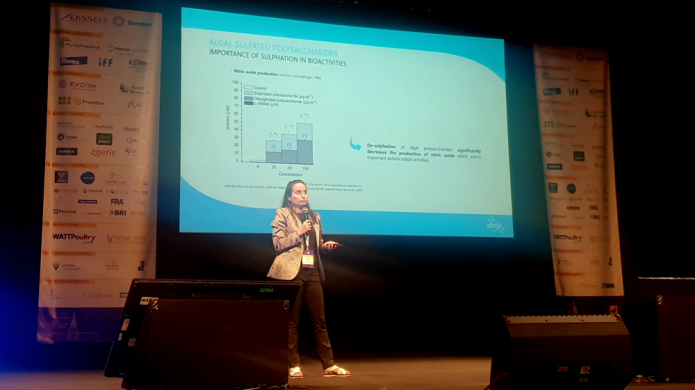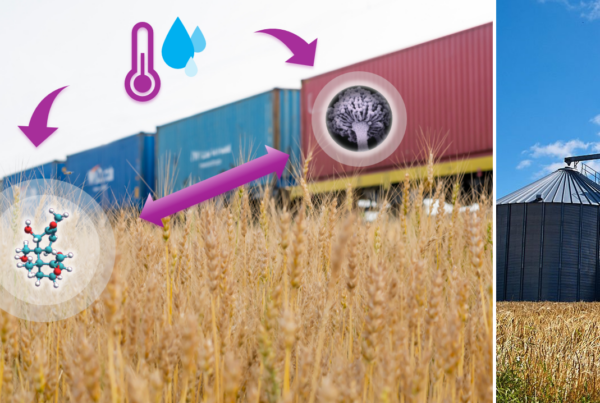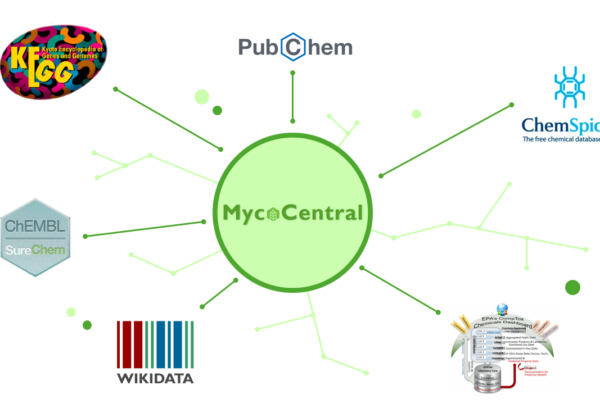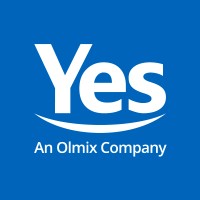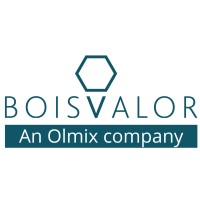Olmix delivered a scientific lecture at the recent 7th International Conference on Poultry Intestinal Health.
The potential of in-feed marine macroalgal polysaccharides to strengthen the animals’ gut barrier function was addressed at the recent 7th International Conference on Poultry Intestinal Health (IHSIG), which this year took place in Cartagena de Indias (Colombia) as a hybrid event.
As one of the key events within the poultry industry worldwide, the event didn’t disappoint and succeeded to bring some of the latest trends, research and studies on intestinal health up to discussion by a diverse panel of renowned international speakers.
In this context, Olmix’s For Feed Product Specialist María García took the chance to describe the relevance of the gut barrier function and how marine-algae extracts can help animals in the event of facing pathogenic bacterial strains, as showed in a recent study by Olmix.
“The cell wall of marine algae is mainly composed of water-soluble sulfated polysaccharides that present diverse biological activities. One of them is the reinforcement of the gut barrier components via the induction of mucin secretion and strengthening of tight junctions. In a recent study we could demonstrate the potential of specific in-feed marine macroalgal polysaccharides to strengthen the animals’ gut barrier function. More particularly, this work evaluated, in-vitro, the capacity of the red algal extract to reinforce the epithelium barrier in the presence of pathogenic bacterial strains,” García explained.
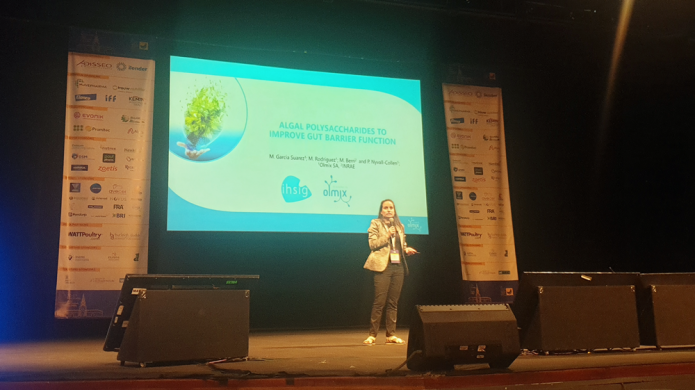
María García (Olmix).
The ability of these red algal extracts from Solieria chordalis to reinforce the epithelium barrier function was evaluated in a research project in collaboration with INRAe Institute Center by using several epithelial cell lines.
“Firstly, an intestinal cell line (IPEC-1) was cultured in the cell-culture medium alone (negative control), incubated with E. coli K88 1305 (1,358×10 CFU/mL) (positive control) or incubated with E. coli K88 1305 and the red algal extract (test). The trans-epithelial electrical resistance (TEER) of the cell monolayer was measured. Secondly, an avian hepatocyte cell line (LMH) was pre-treated with cell-culture medium only (control) or the red algal extract at three different concentrations (tests). After 24 hours, the cell-culture medium was removed, and cells were inoculated with E. coli O78K80 (4,13×108 CFU/mL). The percentage of adhesion of bacteria to the cells was obtained by dividing the number of bacteria that adhered to the cells by the total number of bacteria brought into contact with the cells (inoculate),” she said.
The results showed that the IPEC-1 cell line incubated with the red algal extract (test) showed an improved gut integrity as observed by a higher trans-epithelial electrical resistance (TEER) when compared to the positive control in the first ten hours of infection with E. coli K88 1305. Moreover, the red algal extract reduced the percentage of adhesion of E. coli O78K80 at the three concentrations tested compared to the negative control, thus highlighting the capacity of this red algal extract to inhibit bacterial adhesion to the epithelial cells.
“These studies proved the capacity of this red algal extract to support epithelial barrier function by preventing bacteria from adhering and colonizing target tissues. The in-feed combination of this red algal extract with an immunomodulating green algal extract further showed optimized health parameters and performance of birds raised in commercial conditions.”
